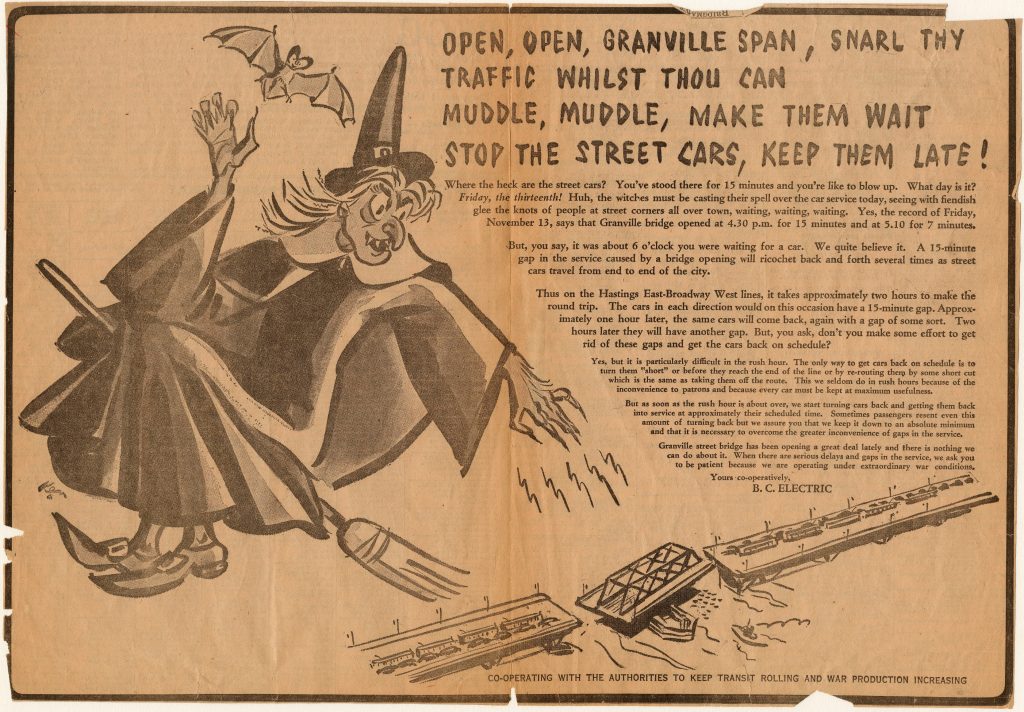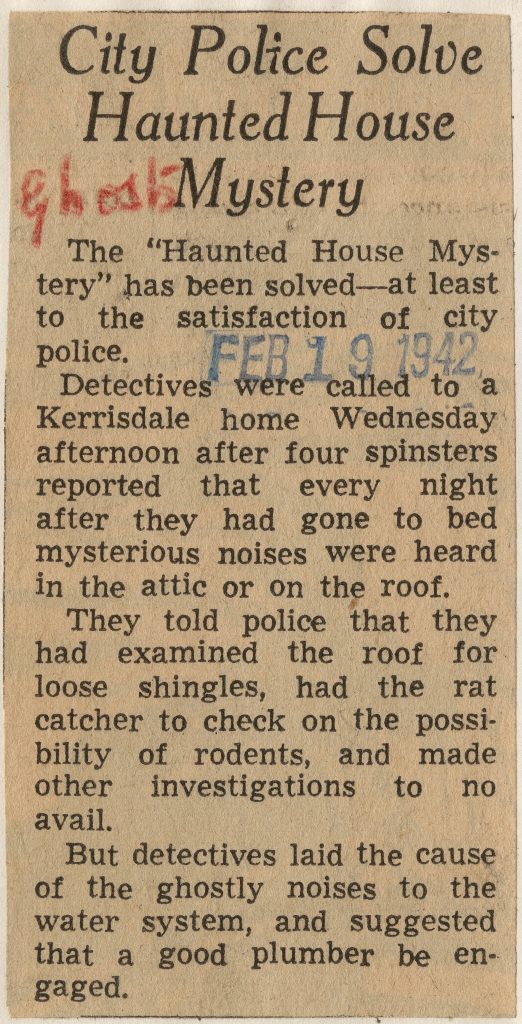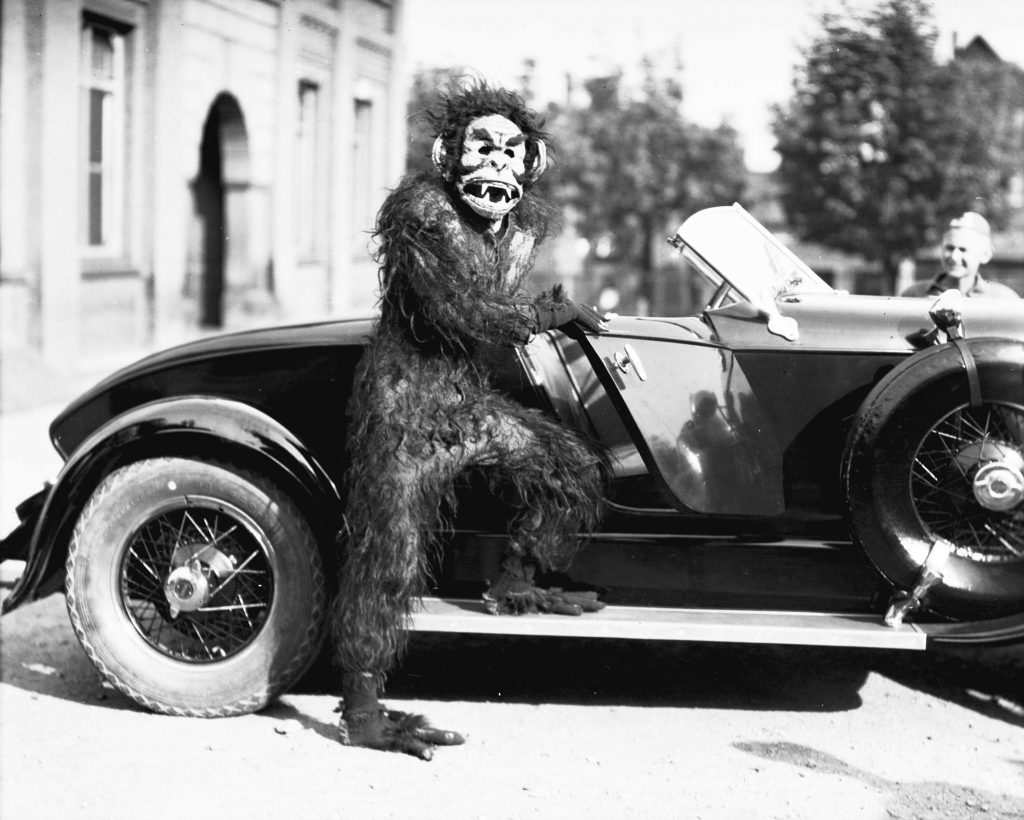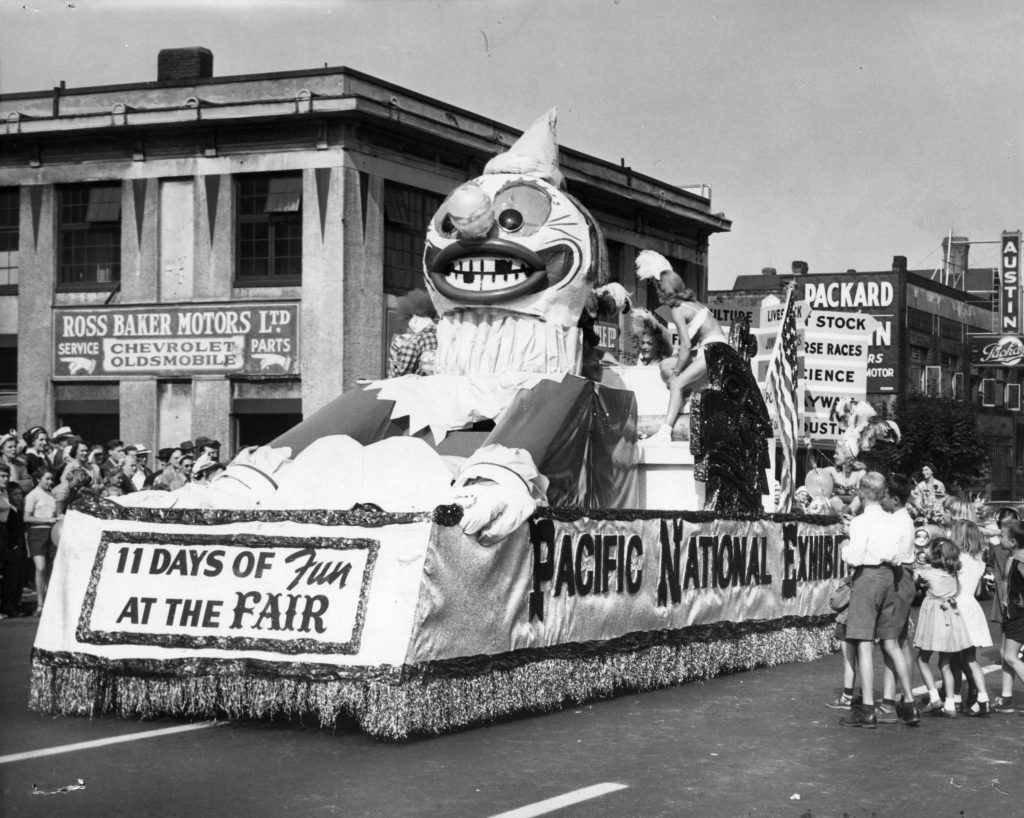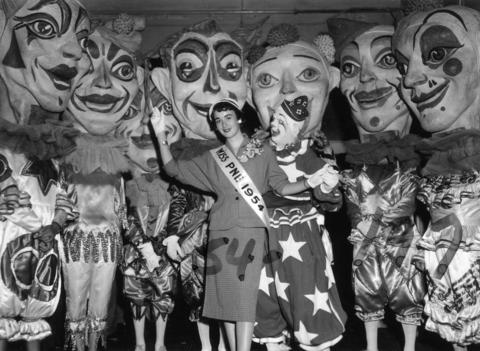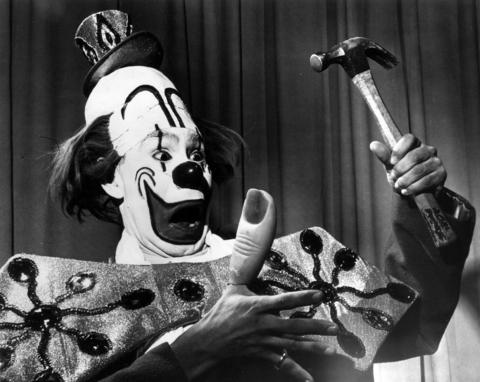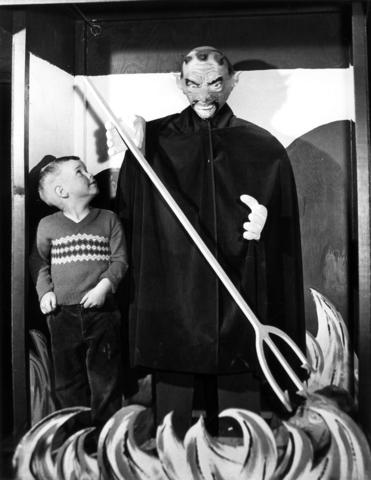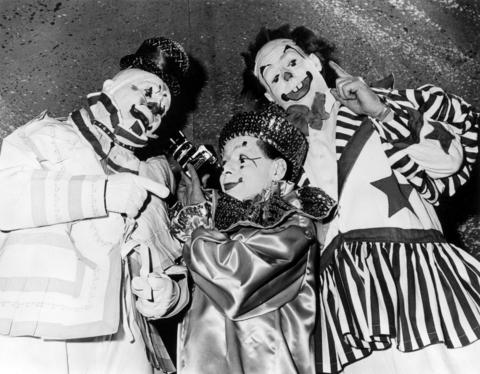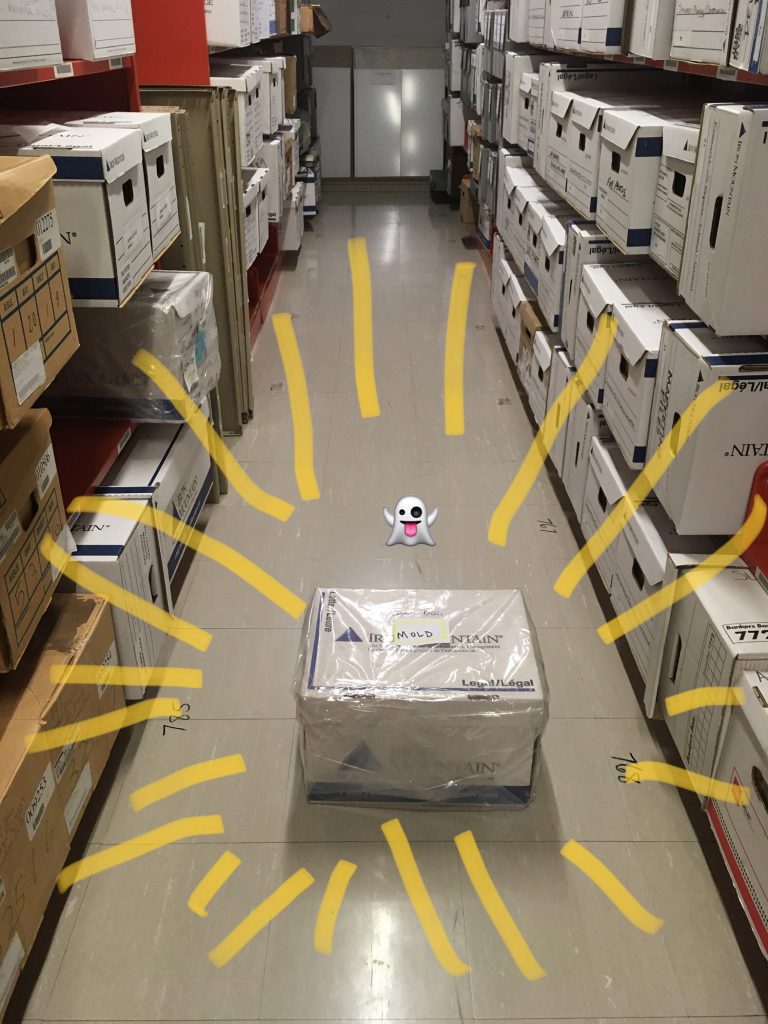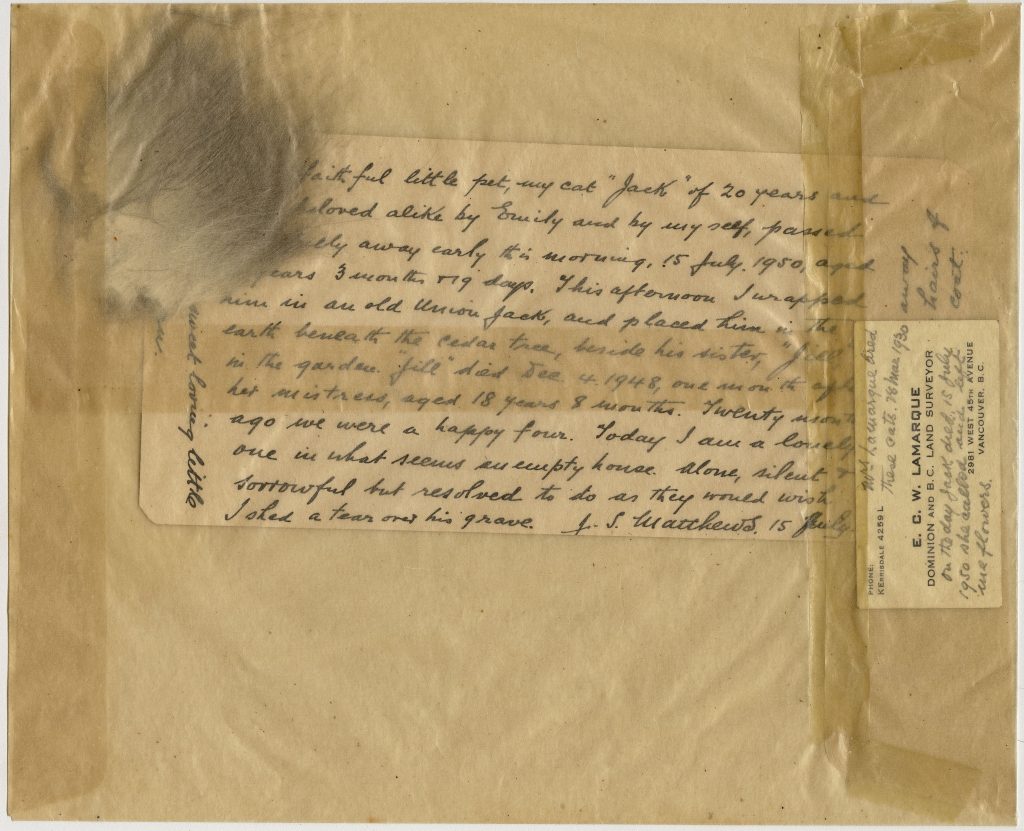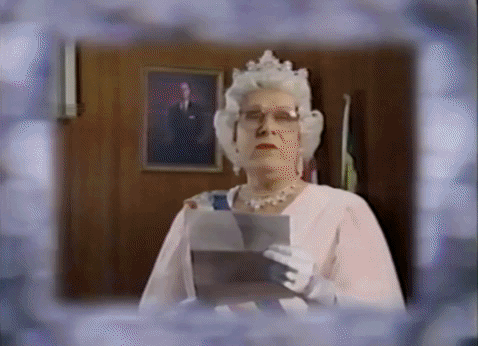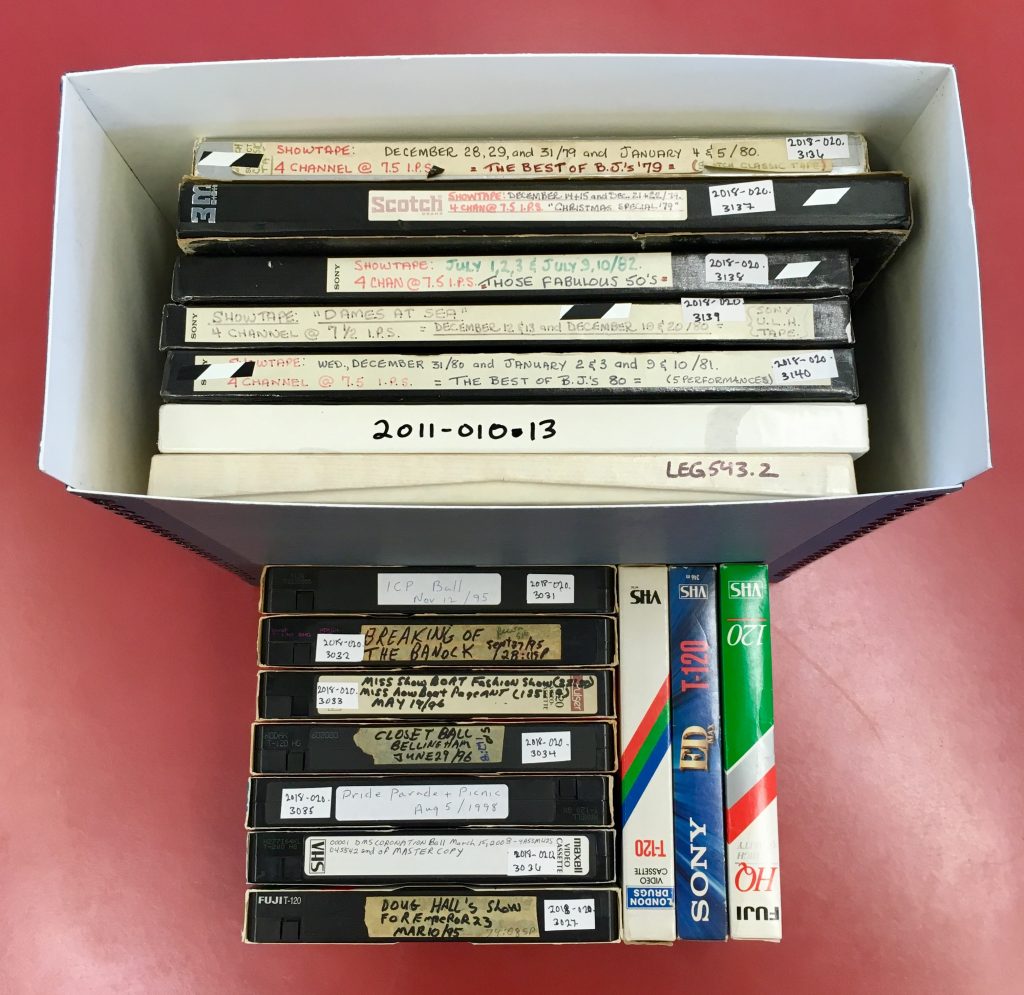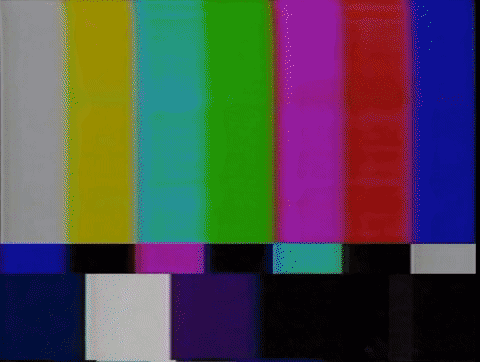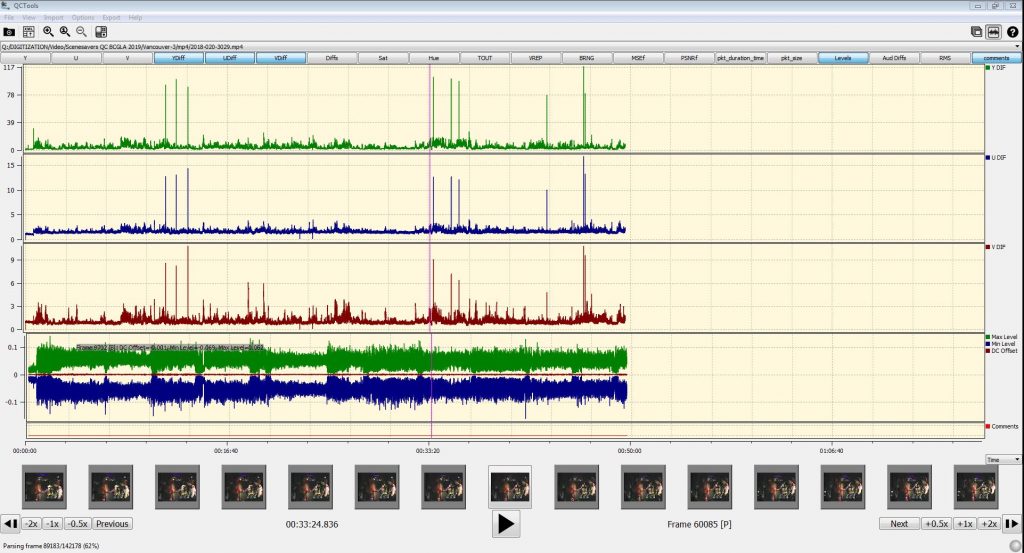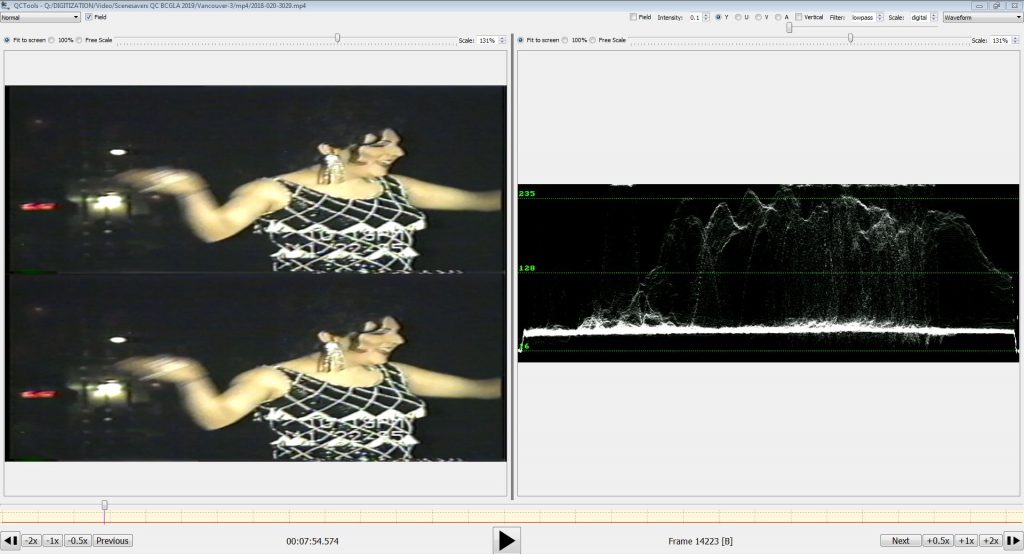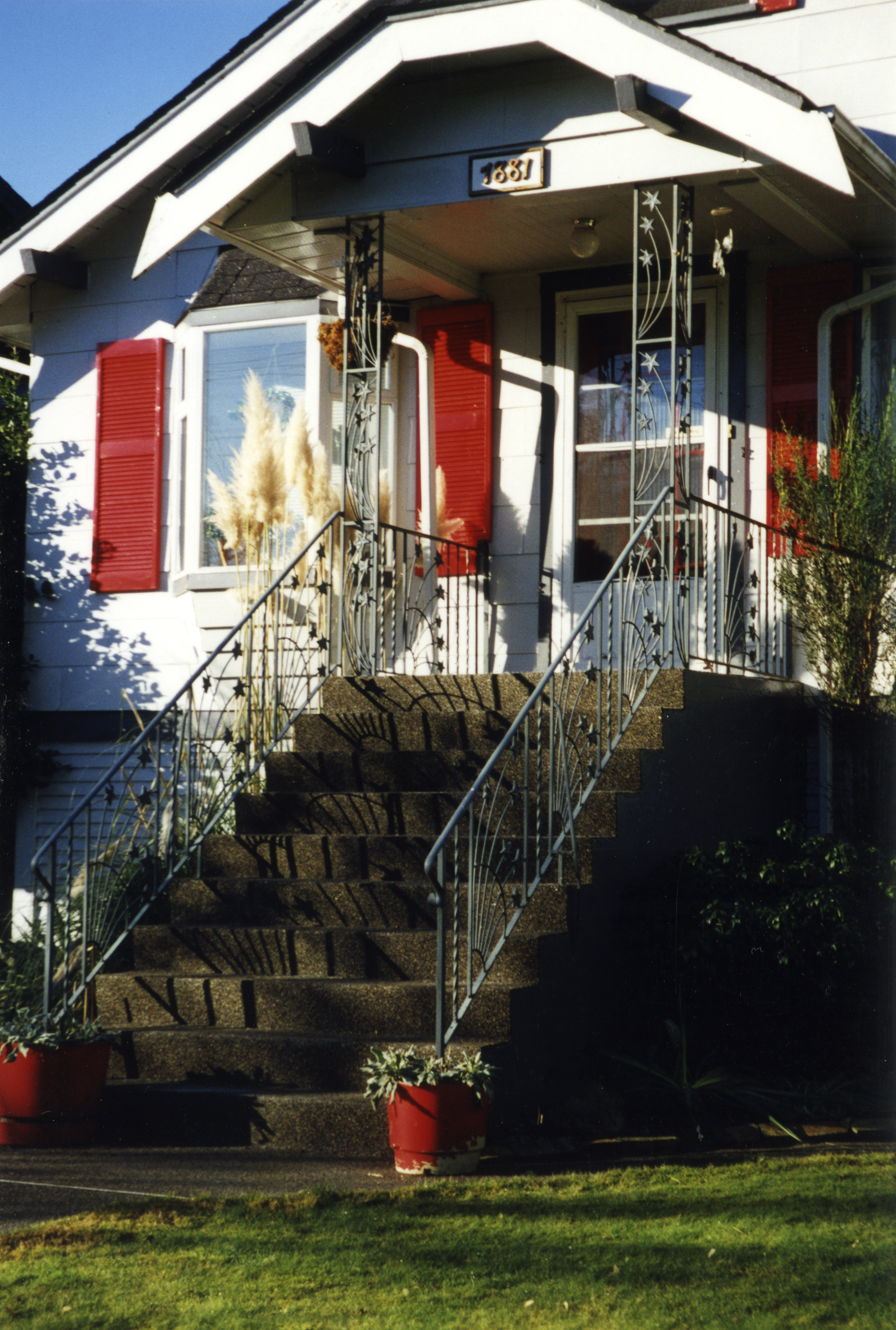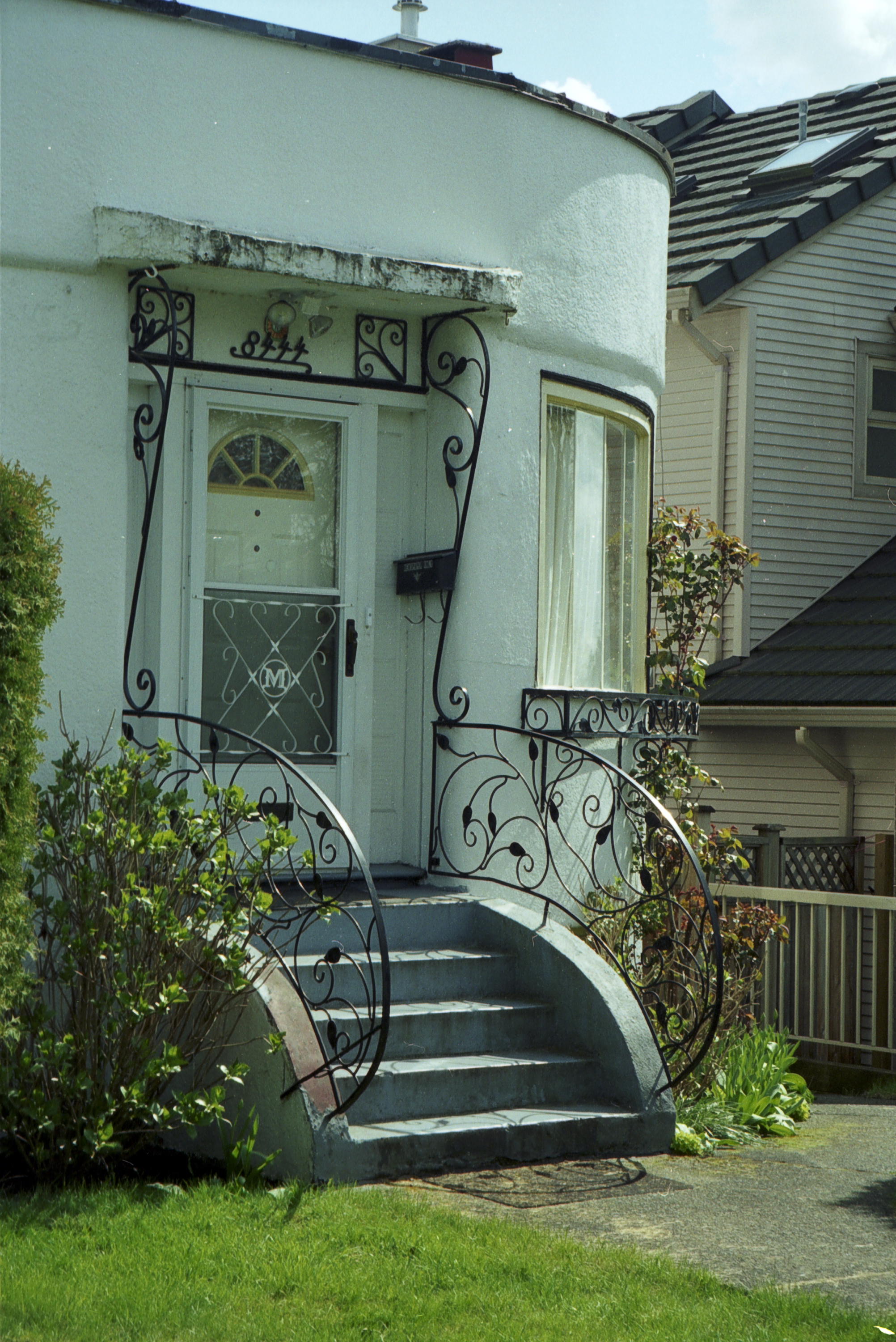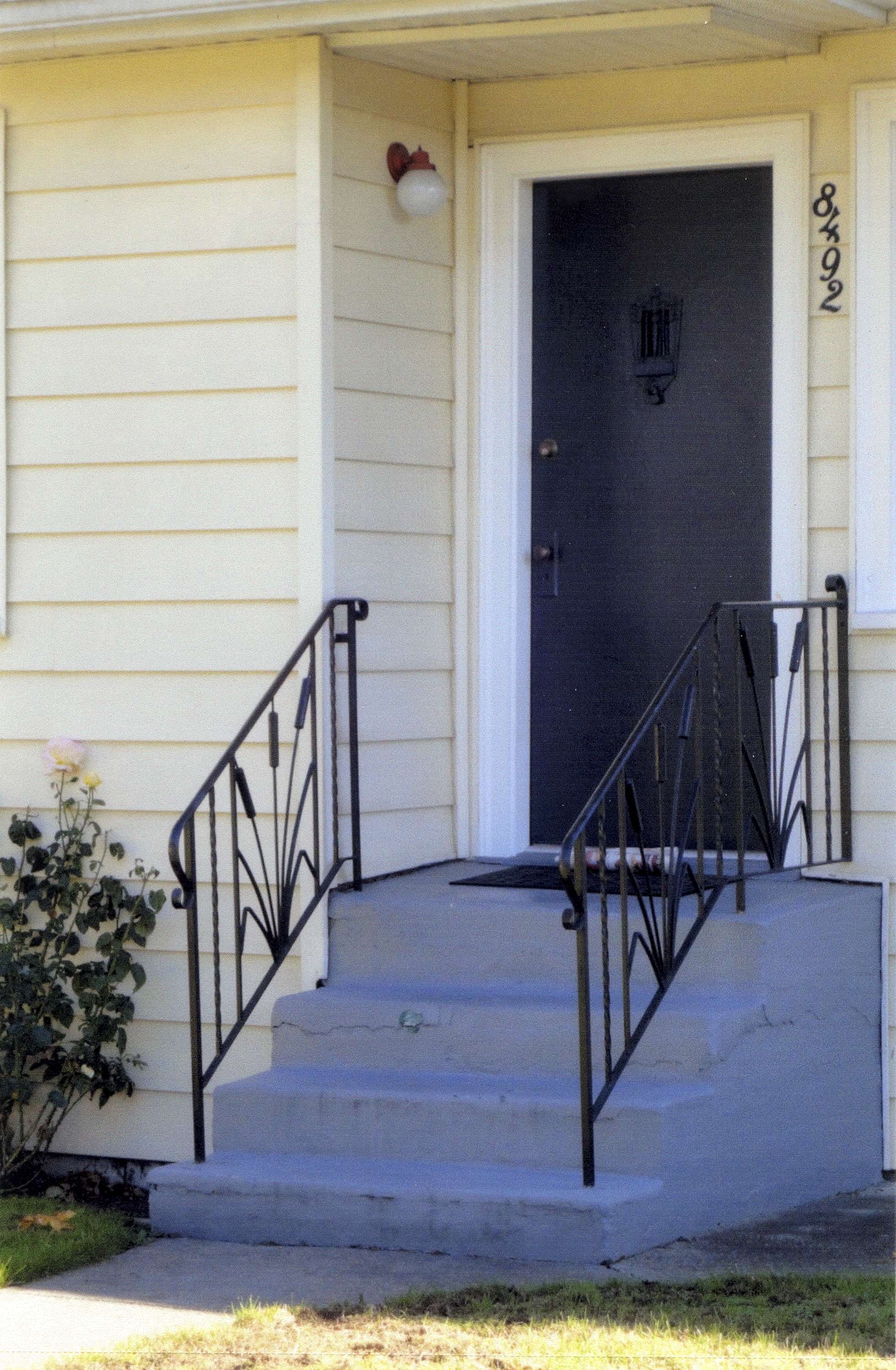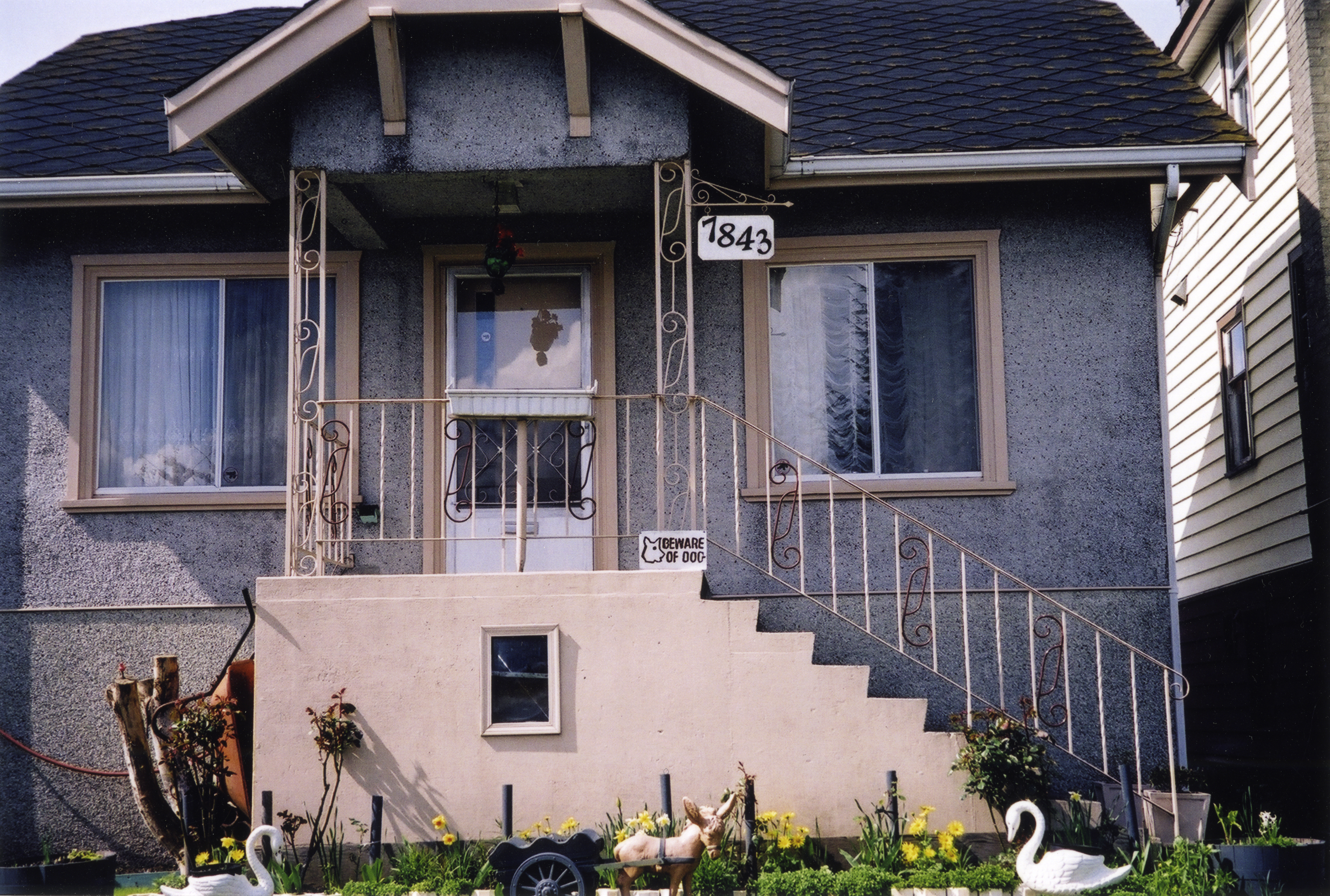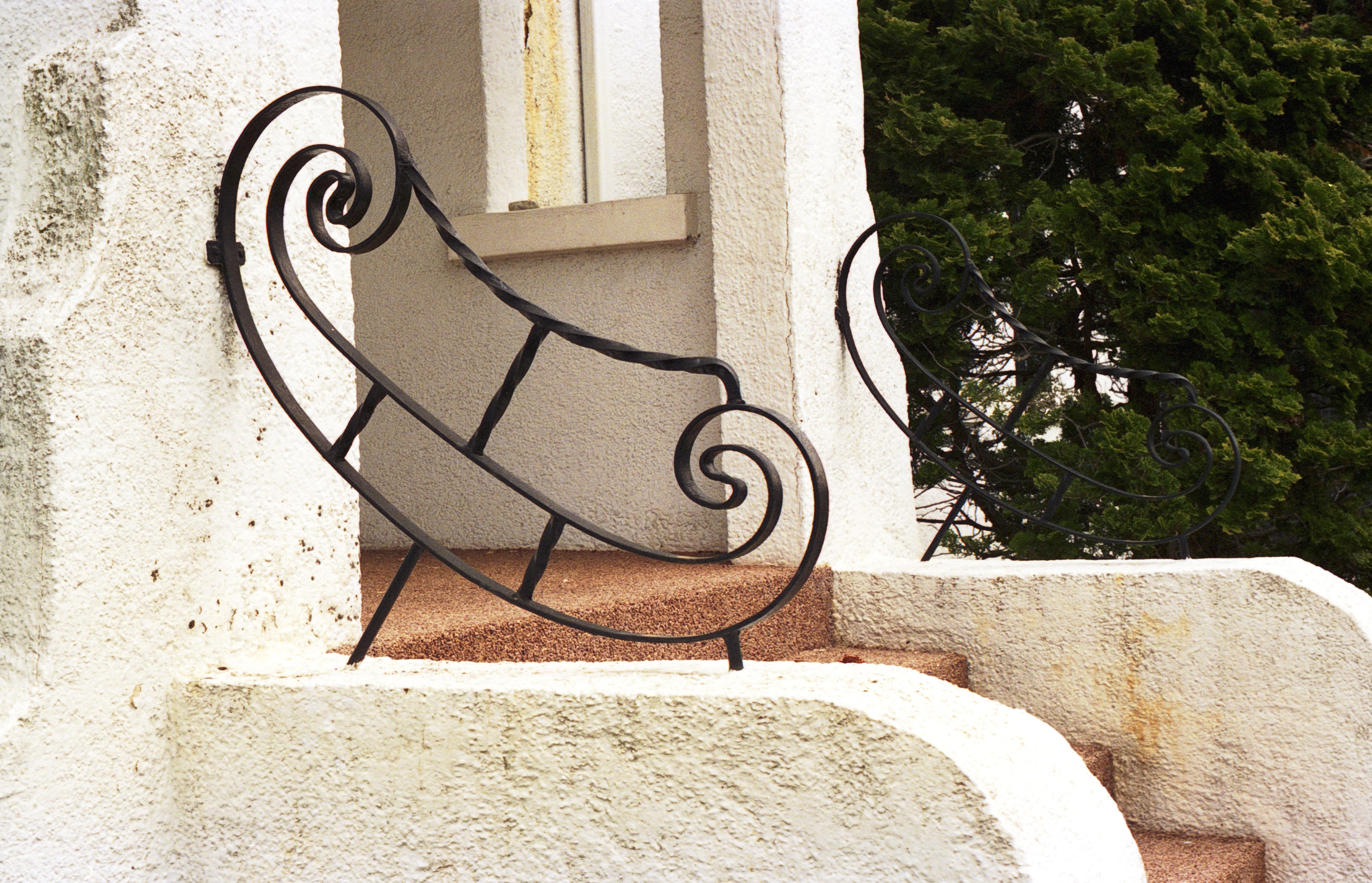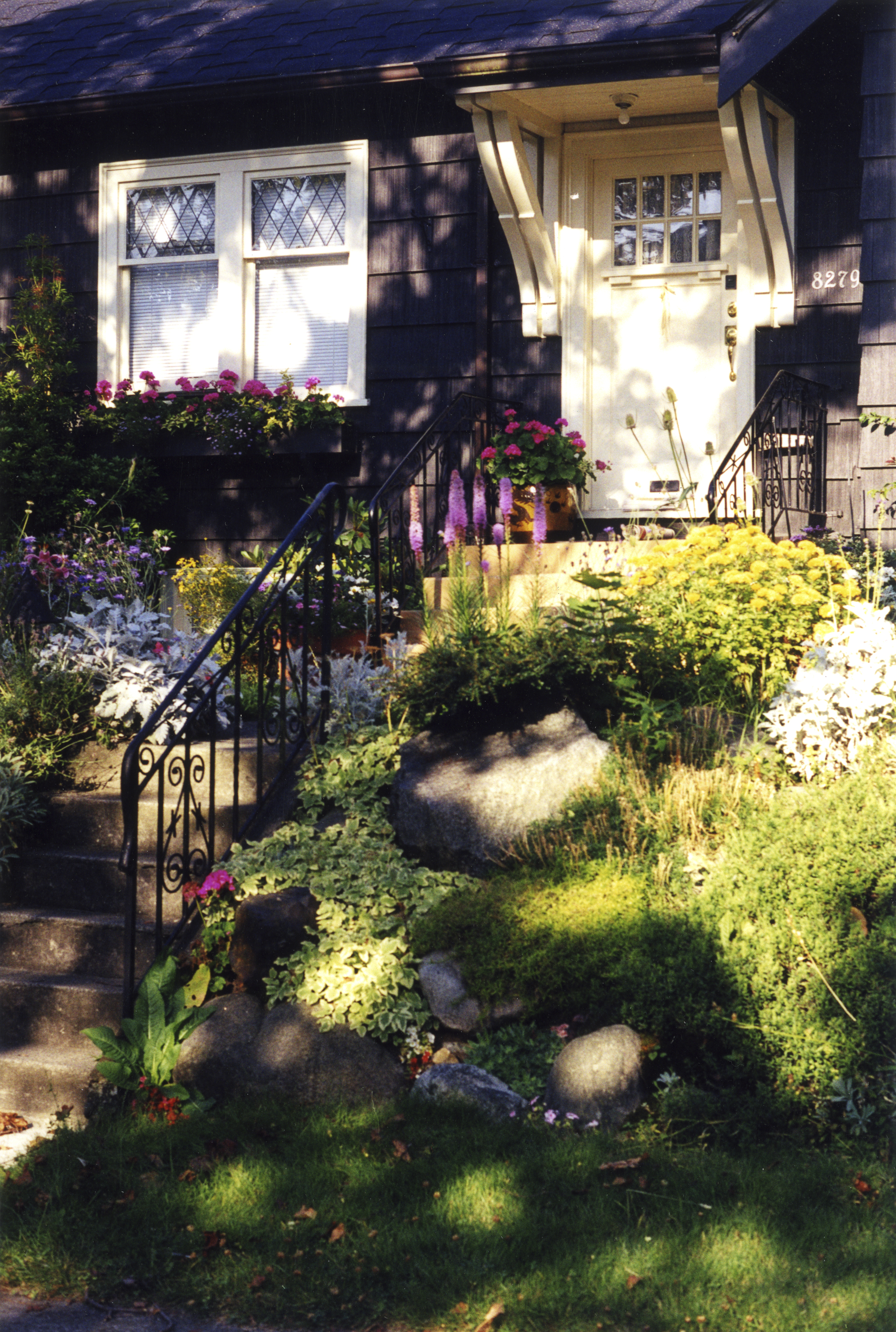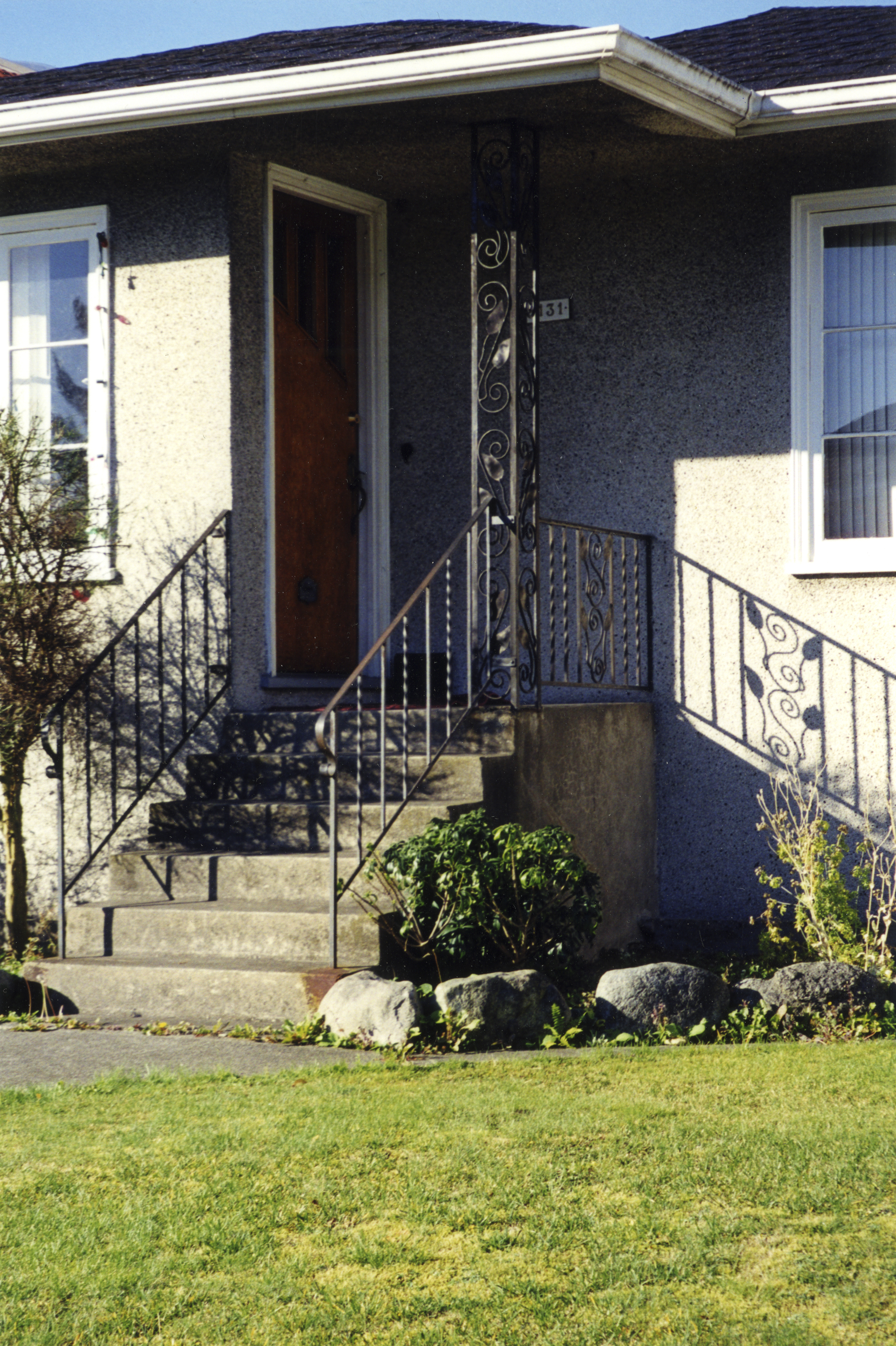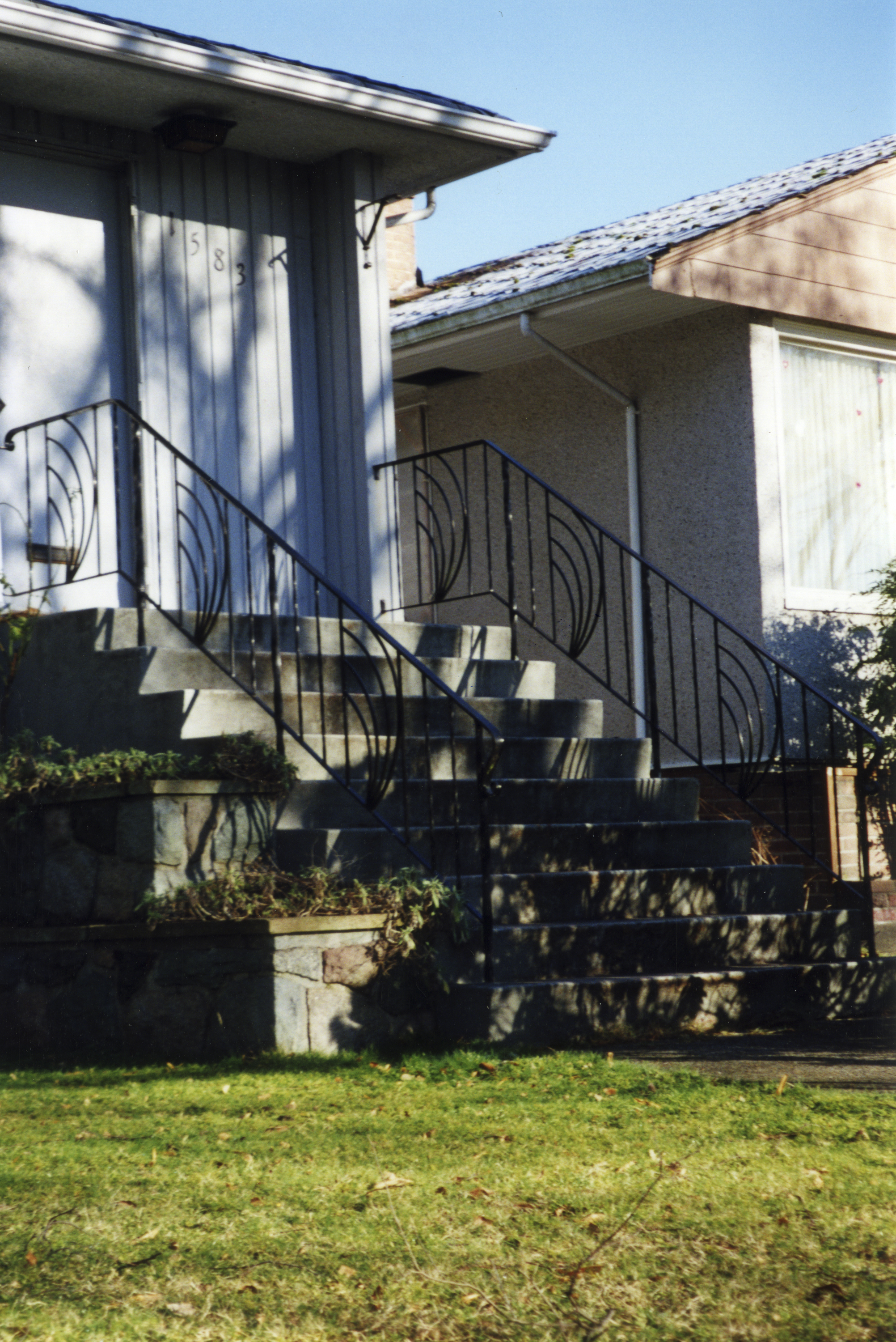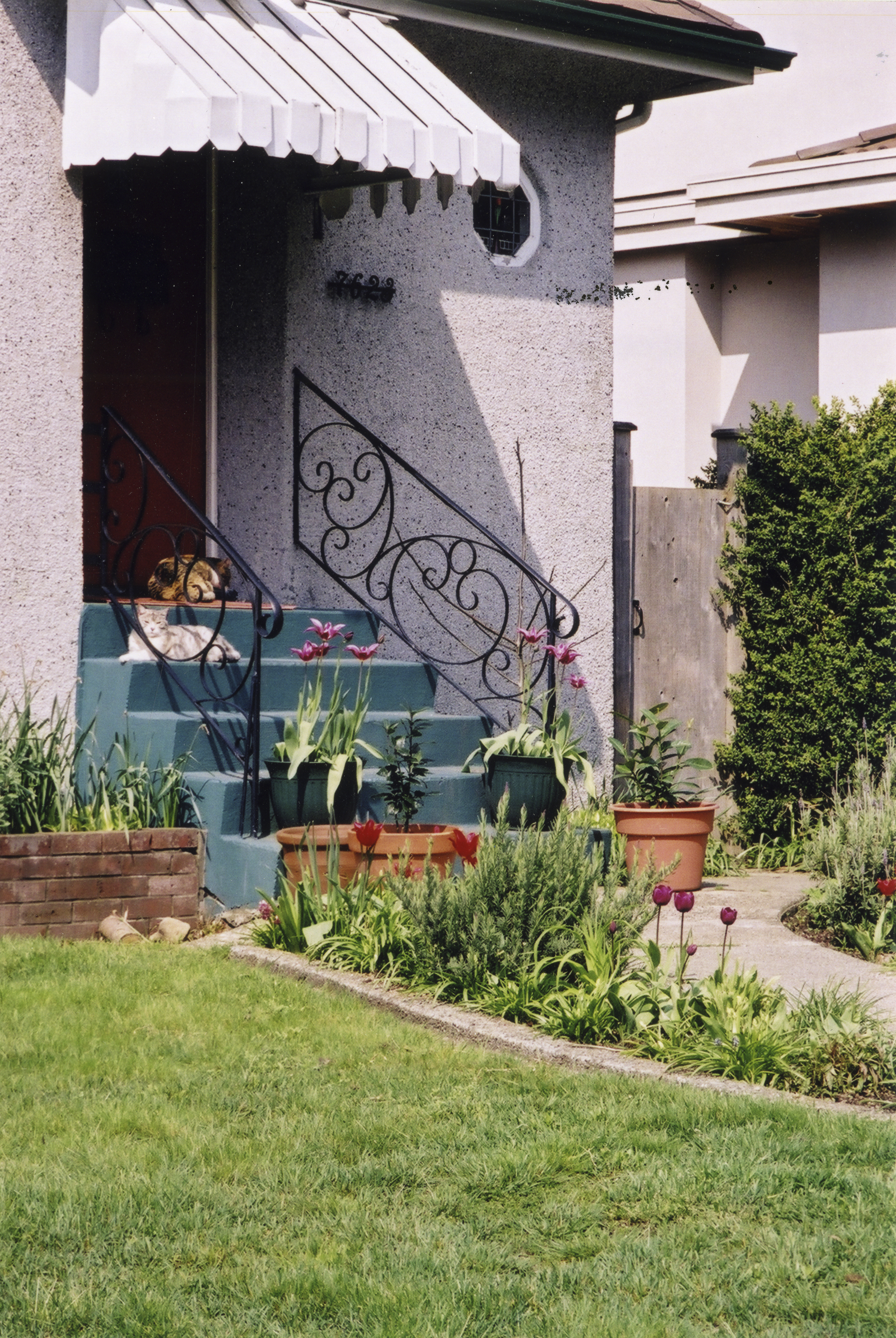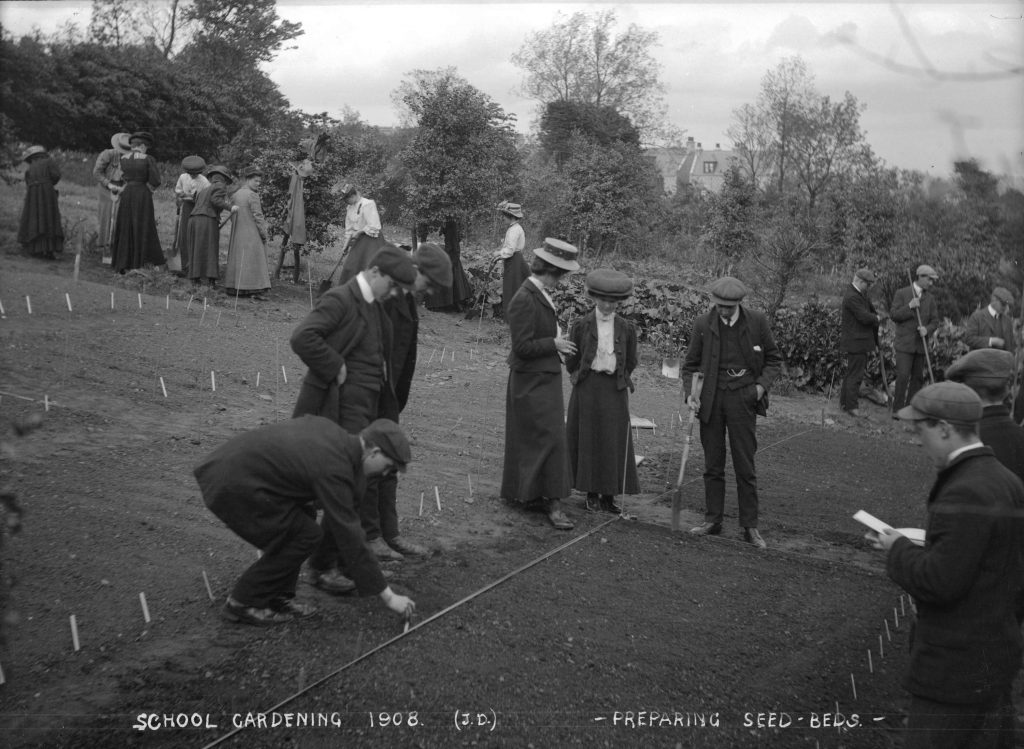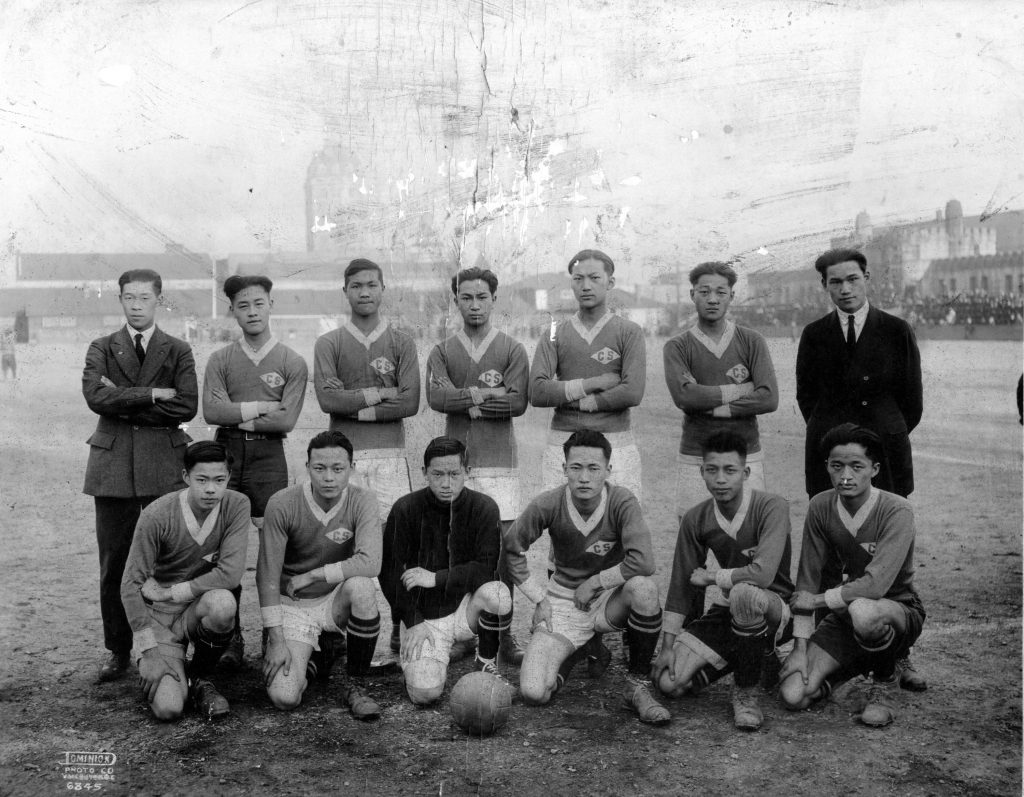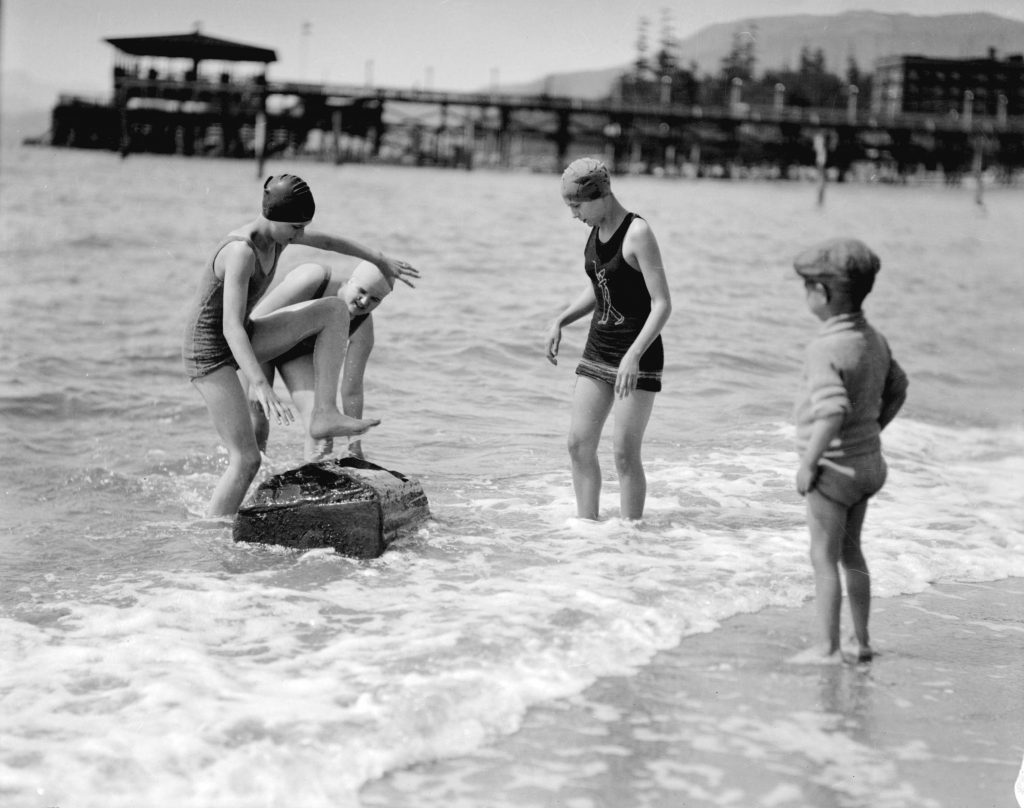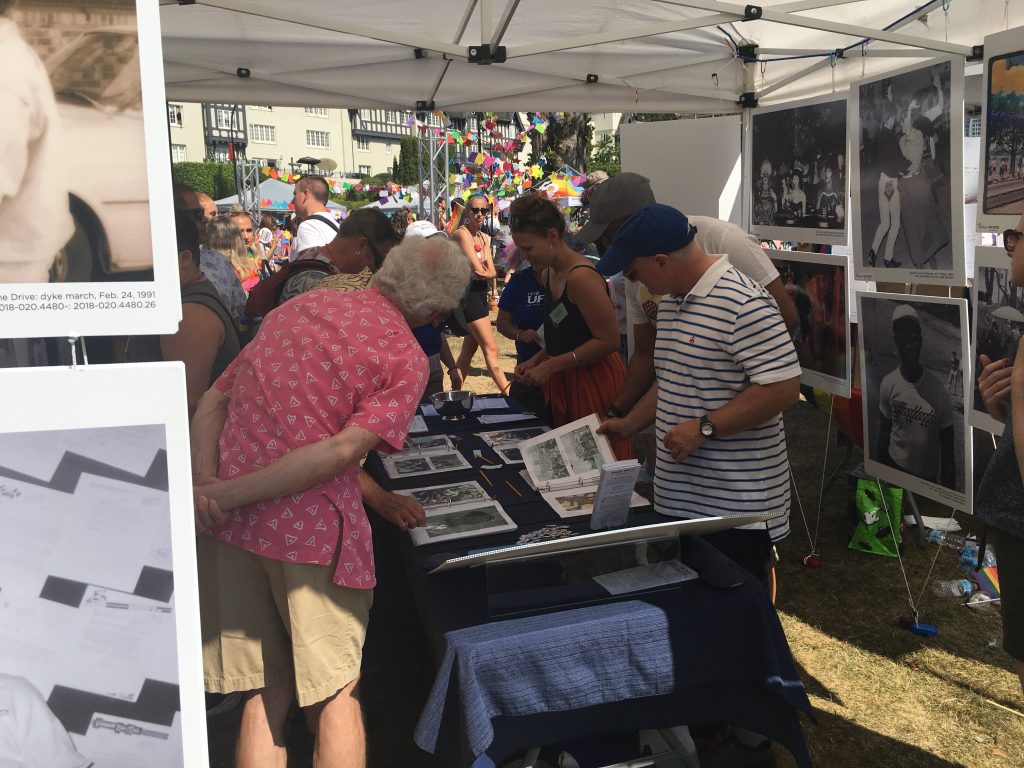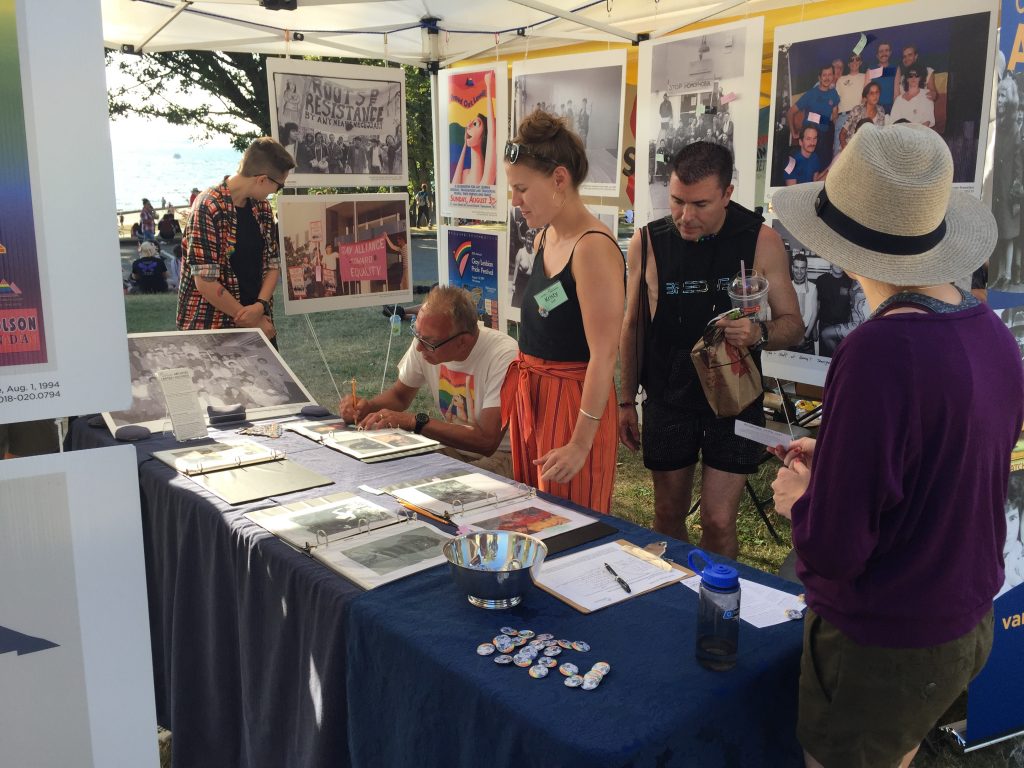To Ears!
All else being equal, stereophonic sound offers higher fidelity than mono, and WQXR has always been noted for its quality. When the Federal Radio Commission authorized special high-fidelity broadcasting channels in 1933, one of the first was assigned to what was then called W2XR.[i] WQXR even came up with its own, high-fidelity, radio-receiver/phonograph combo.[ii] Each cost $265 in 1938, equivalent to almost $5,000 today, but its quality was praised.
John V. L. Hogan
(WQXR Archive Collections)
In 1942, an article in the Proceedings of the IRE, the Institute of Radio Engineers, called the station’s founder, John V. L. Hogan, “purveyor of the highest-fidelity music from WQXR.”[i] As recently as 2009, when there was a change in WQXR’s transmission parameters, an editorial in Spectrum, the magazine of the Institute of Electrical and Electronics Engineers (IEEE), questioned the effect not merely on the station’s listeners or the radio industry but on civilization, itself![ii]
That might be, at least in part, because of WQXR’s long history of helping others achieve the highest quality. Hogan, for example, helped found the IRE, which merged with the American Institute of Electrical Engineers (Hogan was a Fellow of both), to form the IEEE, now the world’s largest technical professional organization.[v] He sent engineers out to adjust neighborhood radio receivers.[vi] And he was happy to help competitors.
Although NBC had its radio stations, for example, it was WQXR’s FM station that carried a live concert of the NBC Symphony from Madison Square Garden on November 27, 1939, the first complete such program on FM.[vii] And, on July 18 of that year, even though WQXR had already applied for permission to broadcast FM, the station nevertheless provided the high-fidelity content for the first regularly scheduled broadcast by a different station, FM-inventor Edwin Armstrong’s W2XMN, in Alpine, New Jersey.[viii]
As for stereo sound, when the award-winning PBS television series Live from Lincoln Center broadcast New York City Opera’s production of The Ballad of Baby Doe on April 21, 1976, it marked the first time that more than half the population of the United States was able to watch a live television show with stereo sound.[ix] WQXR played a significant role. It wasn’t just that WQXR, the flagship radio station for the series, represented perhaps a fifth of the potential audience all by itself. And it wasn’t just WQXR’s rich history of stereo broadcasting of classical music.
In 1961, for example, WQXR became the first New York City radio station to begin broadcasting in the recently authorized FM stereo standard.[x] That was appropriate because the station’s chief engineer at the time, Louis Kleinklaus, had served on the National Stereophonic Radio Committee, which came up with that standard.[xi] And the station had previously proved that the “multiplexed subcarrier” technology involved would not cause interference when it used it to transmit facsimile editions of The New York Times in 1948.[xii]
In 1952, WQXR demonstrated stereo sound transmissions with one channel carried on FM and the other on AM.[xiii] By 1954, it wasn’t just a demonstration; all WQXR live music programming was broadcast that way.[xiv] Although it’s thought that WQXR was the first station to transmit stereo sound via AM & FM in this way, the idea of using two stations for two stereo channels is considerably older. In 1925, there were two-station (both AM) stereo transmissions in Europe and Connecticut.[xv] Of a two-station opera broadcast in Berlin that year, it was reported, “Whoever has an opportunity to hear this stereophonic transmission is surprised by the effect. The sound seems fuller and sharper in every detail. The different voices of a chorus become notably more distinguishable from each other and the orchestra.”[xvi]
The earliest known transmission of stereo sound was also of opera, though it wasn’t via radio. At the first international electricity exposition, in Paris in 1881, for months, visitors could listen to wired stereo opera transmissions by holding telephone receivers to their ears.[xvii] Author Victor Hugo was one of the listeners and was delighted by the effect.[xviii]
The QXR Network
(The New York Times/WQXR Archive Collections)
So, by 1976, electronically delivered stereo sound was almost a century old. But getting it live to more than half the U.S. population was still unprecedented. Live from Lincoln Center utilized the 13-city stereo transmission technology of the Metropolitan Opera Radio Network (of which WQXR was also the flagship), added geosynchronous satellite signals and regional wired networks, and topped it off with another technology WQXR helped pioneer: over-the-air FM networking (having FM stations retransmit the signals of other FM stations).[xix]
WQXR transmitted the first commercial over-the-air network program, Treasury of Music, on November 28, 1941, and continued it several times a week thereafter.[xx] By 1950, the station had achieved what was then “the largest hook-up of frequency modulation stations in the country” with 13 stations ranging from Niagara Falls to New Haven, plus Allentown and Scranton in Pennsylvania.[xxi] By 1959, “the largest commercial FM chain in the country” had expanded to 17 stations from Boston to Washington. Tens of millions could hear it in at least 13 U.S. states, the District of Columbia, and Canada.[xxii] Despite multiple retransmissions, the sound quality was higher than could be achieved by wired networks at the time.
After the transition to stereo, the WQXR FM network continued to deliver high-fidelity, high-quality programming throughout the northeast. “But,” according to the station’s general manager Elliott Sanger, “the individual network affiliates, forced by lack of money, had to accept almost any kind of program and advertising offered to them, and that spelled the end of quality and cultural appeal which was characteristic of WQXR.” “In the early part of 1963, we decided to phase out the network operation, and, by that autumn, the WQXR Network was a thing of the past.”[xxiii]
Alas!
____________________________________
[i] “High Fidelity on 1550 kc,” Radio Today, November 1935, pp. 18-19
[ii] Elliott M. Sanger, Rebel in Radio: The Story of WQXR, New York: Hastings House, 1973, pp. 48-50
[iii] George R. Clark, “Institute News and Radio Notes,” Proceedings of the IRE, v. 30, July 1942, p. 350
[iv] Glenn Zorpette, “It’s the Stupidity, Stupid,” IEEE Spectrum, v. 46, November 2009, p. 10
[v] “Architects of the IEEE,” IEEE Power Engineering Review, v. 4, March 1984, p. 11
[vi] Bill Jaker, Frank Sulek, and Peter Kanze, The Airwaves of New York: Illustrated Histories of 156 AM Stations in the Metropolitan Area, 1921-1996, Jefferson, NC & London: McFarland, 1998, p. 170
[vii] John V. L. Hogan, “What the FM Broadcasters Have to Say,” FM, October 1941, p. 20
[viii] Sanger, p. 50
[ix] Mark Schubin, “The First Nationwide Live Stereo Simulcast Network,” SMPTE Journal, v. 86, January 1977, p. 10
[x] “Multiplex Stereo Broadcasting Is Begun by Station WQXR-FM,” The New York Times, September 8, 1961, p. 63
[xi] “Louis J. Kleinklaus, Radio Engineer, 83,” The New York Times, November 18, 1994, p. B10
[xii] David W. Dunlap, “Looking Back, 1948: ‘A Newspaper Delivered by Radio,’” Times Insider, October 2, 2014 <https://www.nytimes.com/times-insider/2014/10/02/1948-a-newspaper-delivered-by-radio/>
[xiii] “’Binaural’ Music Broadcast Here,” The New York Times, October 31, 1952, p. 36
[xiv] “Binaural Devices,” The New York Times, March 21, 1954, p. XX9
[xv] John Sunier, The Story of Stereo: 1881-, New York: Gernsback Library, 1960, pp. 29-30
[xvi] Ludwig Kapeller, “Radio Stereophony,” Radio News, v. 7 no. 4, October 1925, p. 546
[xvii] “The Telephone at the Paris Opera,” Scientific American, v. 45, December 31, 1881, pp. 422-423
[xviii] Victor Hugo, “1881 11 novembre,” Choses Vues, v.2, Paris: La Librarie Ollendorf, 1913, p. 239
[xix] Schubin, pp. 9-12
[xx] Russell D. Valentine, “W2XQR Broadcasts Concert Music on FM,” Radio-Craft, March 1942, p. 397
[xxi] Sidney Lohman, “News of TV and Radio: WQXR to Program FM Network on Saturday,” The New York Times, June 25, 1950, section 2, p. 7
[xxii] “QXR Network to Add 2 Stations Bringing FM Chain’s Total to 17,” The New York Times, October 30, 1959, p. 16
[xxiii] Sanger, p. 168
